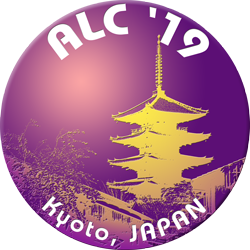
|
ALC '19
|
What's New
|
Important Dates
|
The series of international symposia entitled “Atomic Level Characterization (ALC)” started in 1996 with the meeting in Kyoto, Japan under the auspices of the 141st Committee on Microbeam Analysis of the Japan Society for the Promotion of Science (JSPS). The ALC symposia focus on practical applications of atomic level characterization (both atomic dimensions and energy levels) of new materials and devices, including bio- and organic materials as well as inorganics. Descriptions of new applications and instrumentation for various analytical techniques of surface and interface analysis are solicited in these symposia. The goal is to promote stimulating discussions among researchers specializing in different probe methods. The symposium also encourages discussion of fundamental problems to be solved in the further development of atomic level characterization of materials, including approaches based on theory and simulations.
The 2nd ALC symposium was held at Maui (Hawaii) in 1997, the 3rd one at Nara (Japan) in 2001, the 4th at Kauai (Hawaii) in 2003, the 5th Kailua-Kona (Hawaii) in 2005, the 6th at Kanazawa (Japan) in 2007, the 7th at Maui (Hawaii) in 2009, the 8th at Seoul (Korea) in 2011, the 9th at Kona (Hawaii) in 2013, the 10th at Matsue (Japan) in 2015, and 11th at Kauai (Hawaii) in 2017. It is time to gather again for ALC'19, which will be held in Kyoto, Japan.
The official language of the symposium is English.
The sessions will cover the following topics:
- Fundamental Phenomena
- electron/ion/photon -solid interactions
- emission phenomena of light, electrons, and ions
- Characterization by Electrons / Ions / Infrared / Ultraviolet / X-rays
- AES / XPS / XPED / EPMA / ISS / MEIS / RBS / SIMS / IR / etc.
- Imaging Techniques
- TEM / STEM / AEM / SEM / SAM / REM / LEEM / PEEM
- SPM / FIM / TOF-SIMS / optical molecular imaging / ultrafast imaging / etc.
- Applications for Nanotechnology
- nanowires / nanotubes / nanoparticles / graphene and 2D materials
- solid-solid / solid-liquid interfaces
- Advanced Materials Characterization
- spintronics materials
- environmental and advanced energy materials
- cosmic and terrestrial materials
- Special Sessions
- Characterization of water on materials surface
- Materials informatics and machine learning
- Operando spectroscopy and ambient pressure measurements
- Advanced biological and medical characterization (jointly-organized with SIMS XXII)
- Tutorials
- Prof. Karl-Heinz ERNST (Swiss Federal Laboratories for Materials Science and Technology)
- “Chirality and the emergence of molecular structure”
- Prof. Yoshinori FUJIYOSHI (Nagoya University)
- “Cryo-EM changes structural biology”
- Dr. Mitsugu SATO (Hitachi High-Technologies Corporation)
- “Optimization theory for scanning electron microscopy based on the information content of optical images”
- Prof. Masashi WATANABE (Lehigh University)
- “Toward single-atom characterization in a thin specimen by an analytical electron microscope”
- Prof. Franz J. GIESSIBL (University of Regensburg)
- “Exploring atomic forces on the picoscale”
- Prof. Hideo OHNO (Tohoku University)
- “Spintronics Nanodevices – From Interface to Advanced Computation”
- Prof. Akira FUJISHIMA (Tokyo University of Science)
- “Photoexcited Interface Reactions ― Photocatalysis and Its Applications”
- Prof. Friedrich AUMAYR (TU Wien)
- “A tribute to Peter Varga”
- Prof. Dr. Wolf-Dieter SCHNEIDER (Ecole Polytechnique Federale de Lausanne)
- “Highlights of the science and life of Peter Varga (1946 - 2018)”
- Prof. Ulrike DIEBOLD (TU Wien)
- “In memoriam Peter Varga: His legacy in the world of surface science, viewed from his home town Vienna in Austria”
- Prof. Hiroshi DAIMON (Toyota Physical and Chemical Research Institute)
- “Prof. Fadley's achievements and thanks from ALC”
- Prof. Dr. Claus Michael SCHNEIDER (Forschungszentrum Jülich)
- “Charles S. Fadley: The German Years”
- Prof. Bongjin Simon MUN (Gwangju Institute of Science and Technology)
- “My memories of professor Chuck S. Fadley”
- Prof. Dr. Frank MEYER ZU HERINGDORF (University of Duisburg-Essen)
- “Surface Plasmon Vortex Focusing”
- Prof. Yukiko YAMADA-TAKAMURA (Japan Advanced Institute of Science and Technology)
- “Silicene and beyond: atomic level characterization of group IV 2D materials”
- Prof. Michael Scott ALTMAN (Hong Kong University of Science and Technology)
- “Visualizing strain relief by graphene nano-wrinkles on metals”
- Prof. Ernst BAUER (Arizona State University)
- “Oscillating spin reorientation transition in Co layers on W(110).”
- Prof. Dr. Hans-Joachim FREUND (Fritz Haber Institute of the Max Planck Society)
- “Ultrathin silica and germania films and how this connects to catalysis!”
- Prof. Tadahiro KOMEDA (Tohoku University)
- “Atomic Scale Spin Analysis of Magnetic Molecules for Quantum Information Process”
- Prof. Naoya SHIBATA (The University of Tokyo)
- “Advance electron microscopy for atomic-scale electromagnetic field imaging”
- Dr. Toru HARA (National Institute for Materials Science)
- “Application of transition-edge sensor type microcalorimeter x-ray detector for compositional analysis in scanning electron microscopy”
- Prof. Dr. Michael HORN VON HOEGEN (University of Duisburg-Essen)
- “Structural Dynamics in the Si(111)-In atomic wire systems studied by femtosecond-RHEED: excitation, metastable states and relaxation”
- Prof. Friedrich AUMAYR (TU Wien)
- “Probing and manipulating 2D materials by ions”
- Prof. Dr. Han Woong YEOM (Institute for Basic Science, Korea)
- “Atomic level characterization of domain walls in 1D and 2D electronic orders”
- Prof. Lada V. YASHINA (Lomonosov Moscow State University)
- “Mechanistic studies of gas reactions with multicomponent solids: what can we learn by combining XPS and atomic resolution STEM/EDX?”
- Dr. Shigekazu NAGAI (Mie University)
- “Spin polarization of field-emitted electrons from Heusler alloy Co2MnGa(100) surface”
- Prof. Dr. Wolf-Dieter SCHNEIDER (Ecole Polytechnique Federale de Lausanne)
- “Sensing the spin of a spectroscopically dark Ce adatom with a scanning tunneling microscope”
- Prof. Dr. Claus Michael SCHNEIDER (Forschungszentrum Jülich)
- “Towards an “all-in-one” photoemission experiment: Spin-resolved momentum microscopy”
- Prof. Geoff THORNTON (University College London)
- “Polarons on TiO2 and their affinity for water”
- Prof. Peter BAUER (Johannes Kepler University Linz)
- “Electronic stopping of protons and He ions in solids: transmission versus backscattering”
- Prof. Andreas SCHMID (Lawrence Berkeley National Laboratory)
- “Significant Dzyaloshinskii–Moriya interaction at graphene–ferromagnet interfaces due to the Rashba effect”
- Prof. Emer. Keisuke GOTO (Nagoya Institute of Technology)
- “Auger and Secondary Electron Data Base”
- Prof. Yuji TAKAKUWA (Tohoku University)
- “Oxidation-induced generation kinetics of point defect on Si(001) surfaces observed in situ by UPS, XPS, and RHEED combined with AES”
- Prof. Dr. Wolf WIDDRA (MARTIN-LUTHER-UNIVERSITÄT HALLE-WITTENBERG)
- “Quasicrystalline atomic layers: A real and momentum space characterization”
- Prof. Noriko AKUTSU (Osaka Electro-Communication University)
- “Faceted macrostep-height dependence of the surface and the step velocities: reaction-limited (interface-limited) crystal growth”
- Dr. Ing-Shouh HWANG (Institute of Physics, Academia Sinica)
- “Development of low-voltage coherent electron imaging methods based on a single-atom electron source”
- Prof. Dr. phil. Richard BERNDT (Christian-Albrechts-Universität zu Kiel)
- “Probing and controlling molecular spins on surfaces”
- Prof. Thomas GREBER (University of Zurich)
- “Exploring transferred large scale single layers of hexagonal boron nitride”
- Prof. Yoshimasa KAWATA (Shizuoka University)
- “High resolution bio-imaging with electron-beam excitation assisted (EXA) optical microscopy”
- Prof. Bongjin Simon MUN (Gwangju Institute of Science and Technology)
- “CO oxidation of Pt3Ni(111) surface with ambient pressure XPS and STM”
- Dr. Jun TAKAHASHI (NIPPON STEEL CORPORATION)
- “Progress of atom probe tomography analysis on specific grain boundaries and interfaces in steel”
- Dr. Yousoo KIM (RIKEN)
- “Single-molecule optical spectroscopy with STM”
- Prof. Hiroshi DAIMON (Toyota Physical and Chemical Research Institute)
- “Valence-selective atomic resolution holography and high-energy-resolution display-type analyzer”
- Prof. D. Phil WOODRUFF (University of Warwick)
- “Understanding metal/organic interfaces; TCNQ on coinage metal surfaces”
- Prof. Dr. Ellen BACKUS (Max Planck Institute for Polymer Research)
- “Water at the silica interface in rest and under flow”
- Prof. Yoshikazu HOMMA (Tokyo University of Science)
- “Characterization of phase of water confined in nanospace”
- Prof. Shu-hei URASHIMA (Tokyo University of Science)
- “Surface-selective vibrational spectroscopic measurements on solid materials under humidity-controlled atmosphere”
- Dr. Yuki ARAKI (Kyoto University)
- “Influence of interface water of clay minerals on ion adsorption”
- Dr. Baptiste GAULT (Max-Planck-Institut für Eisenforschung GmbH)
- “Can machine learning bring atom probe microscopy closer to analytical atomic-scale tomography?”
- Dr. Alex HENDERSON (The University of Manchester)
- “To bag, or to boost? A question of balance.”
- Prof. Shunsuke MUTO (Nagoya University)
- “Machine learning techniques for electron microscopic/spectroscopic image data analysis”
- Prof. Dr. Kazuya OKAMOTO (Yamaguchi University)
- “Importance of advanced metrology in semiconductor industry and value-added creation using AI”
- Dr. Yasumasa TAKAGI (Japan Synchrotron Radiation Research Institute)
- “Development of ambient pressure hard x-ray photoelectron spectroscopy at SPring-8.”
- Prof. Terumitsu HASEBE (Tokai University)
- “Hybrid Nano-coating For The Next-generation Drug-eluting Stents Technology”
Sponsorship of ALC'19 symposium comes with the opportunity for substantial exposure to a focused audience. Details of the sponsorship are described in the application form below. If you would like to be a sponsor, please download the application form below and follow the instruction described in it. Contact address of the corresponding person is also written in the application form. Thank you in advance for your cooperation.
— Details and Application Form for Exhibitors —
|
| Focus GmbH | |
| JEOL Ltd. | |
| SHIMADZU CORPORATION | |
| Scienta Omicron, Inc. | |
| SPECS GROUP |
| Hitachi High-Technologies Corporation | |
| ThermoFisher Scientific | |
| TOYO Corporation |
| HORIBA, Ltd. |
| Kaihatsu Jutaku 21 | |
| TSUJI-ELECTRONICS Co., Ltd. |
| Chair: | Yoshikazu Homma (Tokyo University of Science) |
| Member: | M.S. Altman, F. Aumayr, E. Bauer, H. Daimon, W. Eberhardt, K.-H. Ernst, C.S. Fadley, H. Freund, T. Gustafsson, H. Hibino, H.J. Kang, T. Koshikawa, H. Lichite, J. Matsuo, Y. Nihei, C. Oshima, H. Rose, Y. Saito, M. Scheffler, C. Schneider, W.-D. Schneider, R. Shimizu, M. Sugitama, T. Takeuchi, G. Thornton, W. Widdra, R. Wiesendanger, H.W. Yoem |
| Chair: | Hiroshi Daimon (Nara Institute of Science and Technology) |
| Member: | P. Bauer, K. Dohmae, D. Fujita, F.J. Giessibl, T. Greber, M.H. Haegen, S. Hasegawa, S. Hashimoto, F.M. Heringdorf, H. Hibino, T. Hirayama, I.S. Hwang, S. Ichimura, M. Kambe, J. Kawai, T. Kawano, K. Kimura, T. Kohashi, T. Koshikawa, A. Locatelli, E. Lundgren, G. Mizutani, K. Morita, K. Obori, R. Oiwa, C. Oshima, H. Petek, T. Sato, M. Setou, H. Shimoyama, A. Schmid, S. Suzuki, Y. Takai, Y. Takakuwa, W. Tang, S. Tanuma, Y. Watanabe, J. Watts, T. Yasue, H. Yurimoto |
| Chair: | Hiroki Hibino (Kwansei Gakuin University) |
| Vice-chair: | M. Sugiyama, T. Takeuchi |
| Advisor: | J. Matsuo, K. Obori, R. Oiwa |
| Secretariat: | T. Hayasaka, K. Kitamura, S. Nagai, H. Nakahara |
| Member: | H. Chatani, K. Dohmae, S. Hashimoto, Y. Hori, S. Imashuku, T. Kawano, M. Kiuchi, M. Nojima, E. Nomura, M. Owari, T. Sakamoto, J. Sameshima, S. Suzuki, A. Takano, K. Tanaka, T. Tanaka, K. Yanagiuchi |
| Chair: | Tomoshige Sato (JEOL) |
| Vice-chair: | S. Awata, R. Oiwa |
| Member: | H. Furukawa, E. Nomura, K. Shingu |
| Chair: | Goro Mizutani (Japan Advanced Institute of Science and Technology) |
| Vice-chair: | T. Nagatomi, K. Yanagiuchi |
| Advisor: | T. Koshikawa, Y. Takai, H. Yurimoto |
| Secretariat: | S. Awata, T. Kohashi |
| Member: | K. Asakura, T. Hasebe, T. Hirayama, J. Kawai, K. Kimura, S. Morita, S. Nagai, C. Oshima, K. Tanaka, S. Tanuma |
| Chair: | Susumu Shiraki (Nippon Institute of Technology) |
| Vice-chair: | F. Matsui, S. Aoyagi |
| Secretariat: | S. Imashuku, Y. Kawano |
| Member: | S. Ichimura, A. Kurokawa, R. Shimizu, S. Suzuki, T. Yasue |
Call for Post-deadline PapersPost-deadline papers reporting the latest and significant work related to atomic level characterizations can be accepted for presentation. The deadline of the application is shown below. The formats of the abstract and proceeding are the same as those for the regular submission. Please refer to the subsection [New Application] below. Acceptance of post-deadline papers will be notified by September 18.
Call for PapersWe encourage the submission of papers describing work related to the symposium topics. Each contributor should submit a talk title, brief abstract (text only, within 150 words) and contact information via the ALC'19 web site by an application deadline shown below. The program committee will make a decision to accept or reject titles by Aug 2nd, 2019, and the decision will be announced by e-mail to each author. The submitted brief abstract will be appeared on a program book. All accepted authors are then required to submit 2-6 pages of camera-ready manuscripts for the proceedings. Authors submitting no manuscript for proceedings will be judged to have withdrawn their papers. The book of proceedings is not a publication. The books (or its PDF data) are handed out at the registration desk only to the participants. See “Proceedings” page for details of preparation and submission of manuscript for proceedings. Accepted authors can also submit papers to journals with peer review (see “Journals” page). Students can apply to the student awards. Non-students can apply to the travel support for young scientists. In addition, everyone can apply to the excellent presentation awards. See “Student Awards”, “Support for Young Scientists”, and “Excellent Presentation Awards” pages for detailed instructions.
Abstract Deadline
|
| May 31st (Fri), 2019 |
If you are new to submit an abstract, enter your e-mail address and click the button below. An e-mail which inditaces a link to the submission site will send within minutes. Please follow instructions in the e-mail. When submitting multiple abstracts, it is necessary to obtain an application ID for each abstract. If multiple requests have been made, only the last accepted one is valid, so when making multiple posts, please make a new request after the first post is complete.
Please make sure that the e-mail from the secretariat [alc19![]() alc.jsps141.org] is not judged as a junk mail by your e-mail software.
In rare cases, automatic sending mail may be rejected by the receiving server. If you do not receive an automatic reply and are not classified as spam, ask your mail server administrator if the “jsps141.org” domain and/or “www3870.sakura.ne.jp” domain are not filtered out.
Another workaround is to use email addresses from other domains, such as gmail etc. This e-mail address is only for communication between the secretariat and the speaker, and will not be public, so it does not have to be in your organization.
alc.jsps141.org] is not judged as a junk mail by your e-mail software.
In rare cases, automatic sending mail may be rejected by the receiving server. If you do not receive an automatic reply and are not classified as spam, ask your mail server administrator if the “jsps141.org” domain and/or “www3870.sakura.ne.jp” domain are not filtered out.
Another workaround is to use email addresses from other domains, such as gmail etc. This e-mail address is only for communication between the secretariat and the speaker, and will not be public, so it does not have to be in your organization.
To revise the submitted abstract, put your application ID number, e-mail address and the registered password, then click on the [Revise Abstract] button below.
Revisions of the submitted information should be made before the abstract deadline. Revisions sent after the deadline will be ignored.
All authors of accepted contributions and invited speakers are asked to submit a 2-6 pages of camera-ready manuscript for proceedings by deadline described below. No distinction will be made between oral and poster presentations. The proceedings will appear on this web site. The password for accessing papers in the proceedings will be notified only to participants of ALC'19.
|
Contributed papers without submission of manuscripts will be judged to have been withdrawn. |
There is no peer review for the proceedings, and its distribution is only limited to participants of the symposium and members of the 141st Committee on Microbeam Analysis (the symposium sponsor). Authors can also submit papers to a journal for publication (see “Journals with peer review” page).
| September 20th (Fri), 2019 |
2 to 6 pages of camera-ready manuscript must be in clear English and typed within a rectangle 170 mm wide by 240 mm high (left/right/top/bottom margins of 20/20/27/30 mm) on A4 paper (NOT US letter). The required format is:
You can use one of the following templates for preparation of a manuscript for proceedings.
| Proceeding Manuscript Template (LaTeX) (tex, 9.5 KB) |
| Proceeding Manuscript Template (Word) (docx, 17.9 KB) |
Put your application ID number, e-mail address and the registered password, then click on the [Manuscript Submission for Proceedings] button below. If you submit a manuscript twice (or more), the last one overwrites the prior one.
Selected papers will be considered for publication in Special Topic Collections of “e-Journal of Surface Science and Nanotechnology” (e-JSSNT; JVSS).
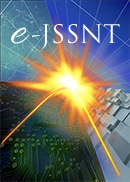 |
The e-JSSNT manuscript submission deadline has been extended to
| January 13th (Mon), 2020 |
All reviewing and publication processes will be conformed with e-JSSNT procedure. Please follow the instructions written in the e-JSSNT web site. Note that Article Processing Charge is free.
| LaTeX Style File (tex, 3.0 KB) |
| LaTeX Template [style file above is required] (tex, 13.3 KB) |
| Word Template (Single column) (docx, 597.9 KB) |
| Word Template (Two columns) (docx, 597.5 KB) |
A PC projector is available for oral presentations. Please bring your own laptop and connect it to our system during a break time prior to the session featuring your presentation. Since the projector has a normal VGA connector (analog RGB), do not forget to bring a VGA adopter if your PC has a non-VGA (i.e. HDMI, DVI, mini DisplayPort etc.) connector. Please note that overhead projectors, 35mm slide projectors or any other presentation equipment is NOT available.
When preparing your poster, please include a program number, a title of your presentation and listed author(s). A sign with your program number will be placed at the location where you are to display your work.
Presenters are requested to be present at (or near) their poster during the times scheduled for poster viewing. Posters must be removed following your session by the presenting authors. Please note that we cannot take responsibility for any posters left on the boards after the session. Posters will be removed and discarded by the conference committee if they remain on the poster boards the next morning after the poster session.
Miyako Messe is one of the largest convention centers located in the culturally rich Okazaki area of Kyoto. There are many historical and scenic sites nearby, and you will enjoy the traditions and culture of Kyoto. It takes about 30 minutes from Kyoto station by subway and on foot. The nearest subway station is ‘Higashiyama (T10)’ of Tozai Line. Refer to the following map for access detail.
Kyoto is one of the most touristic cities in the world and features seventeen World Heritage sites. Kyoto has been producing diverse art and culture more than 1,200 years. Fall and spring are the best seasons to visit Kyoto. The mean maximum and minimum temperatures in October are around 22°C and 13°C. You can find useful information on Kyoto in the following URLs.
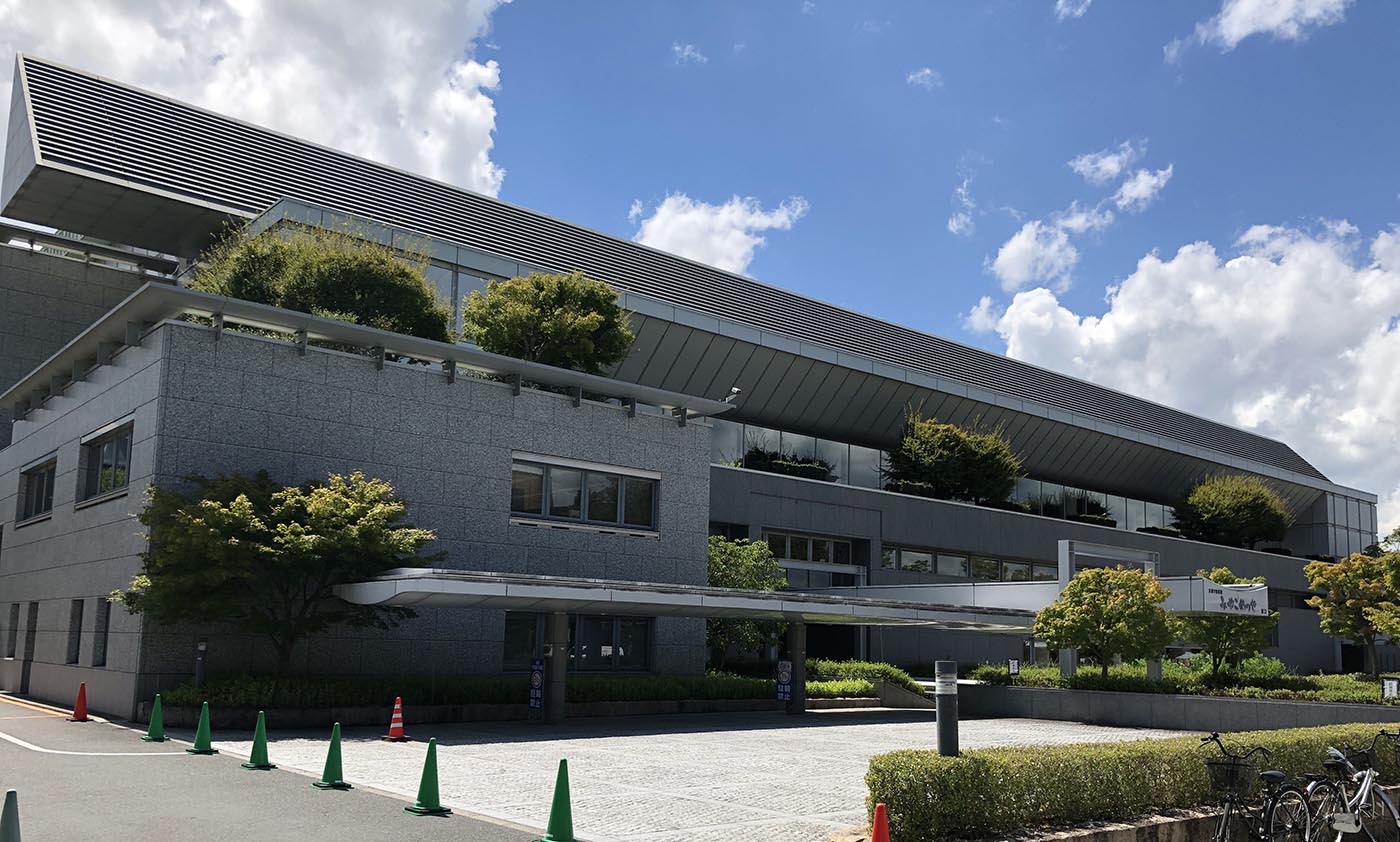 |
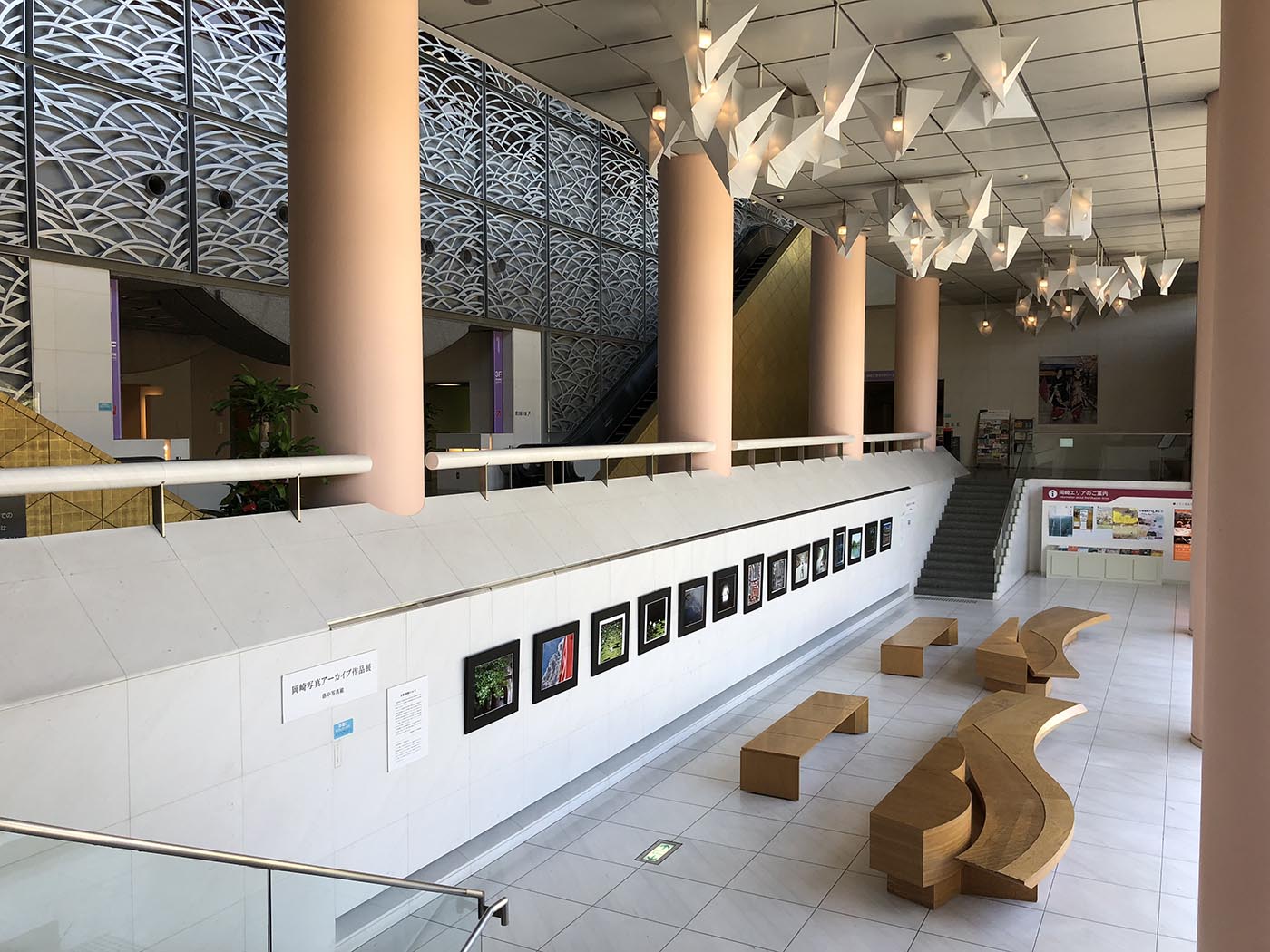 |
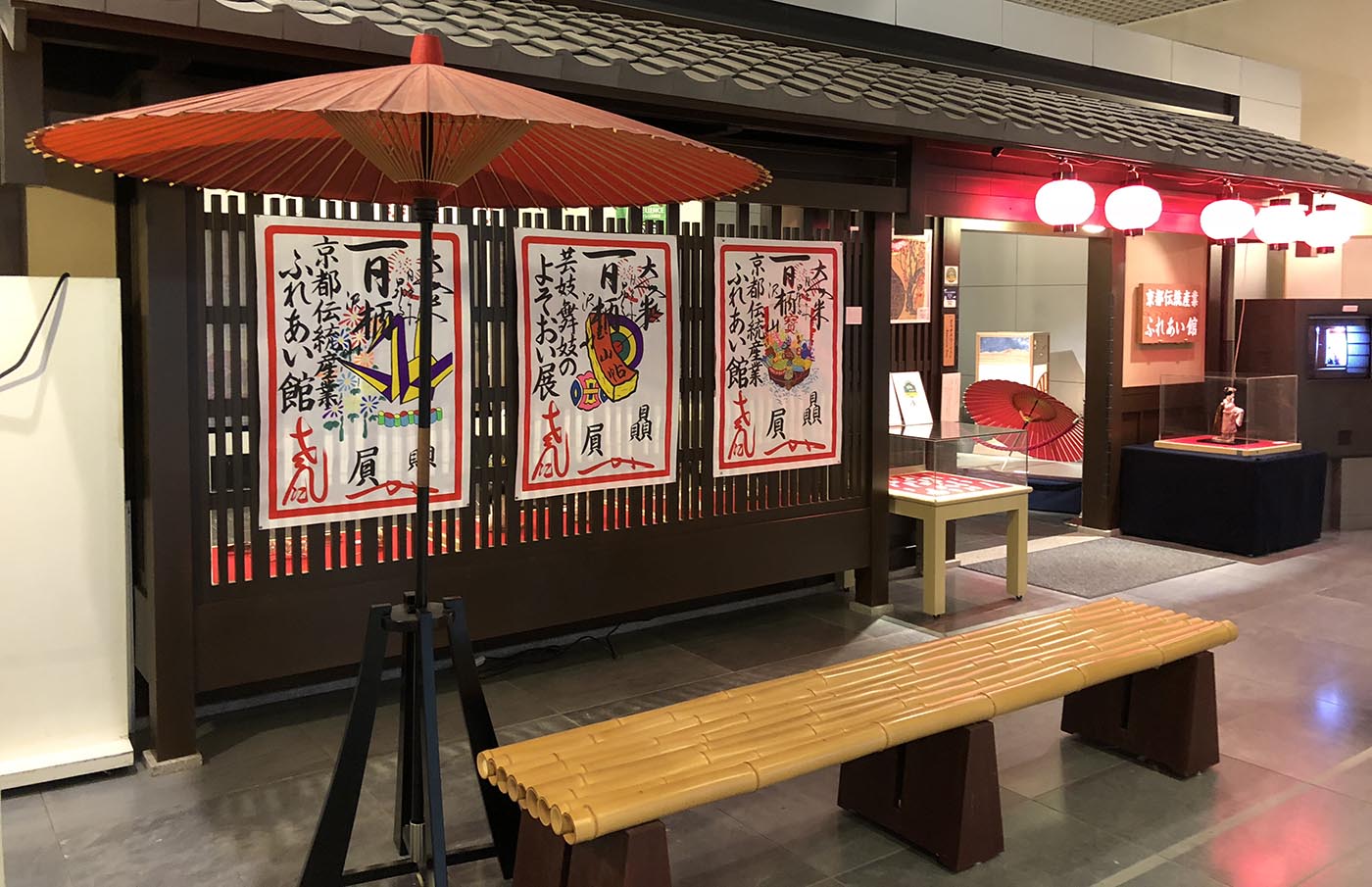 |
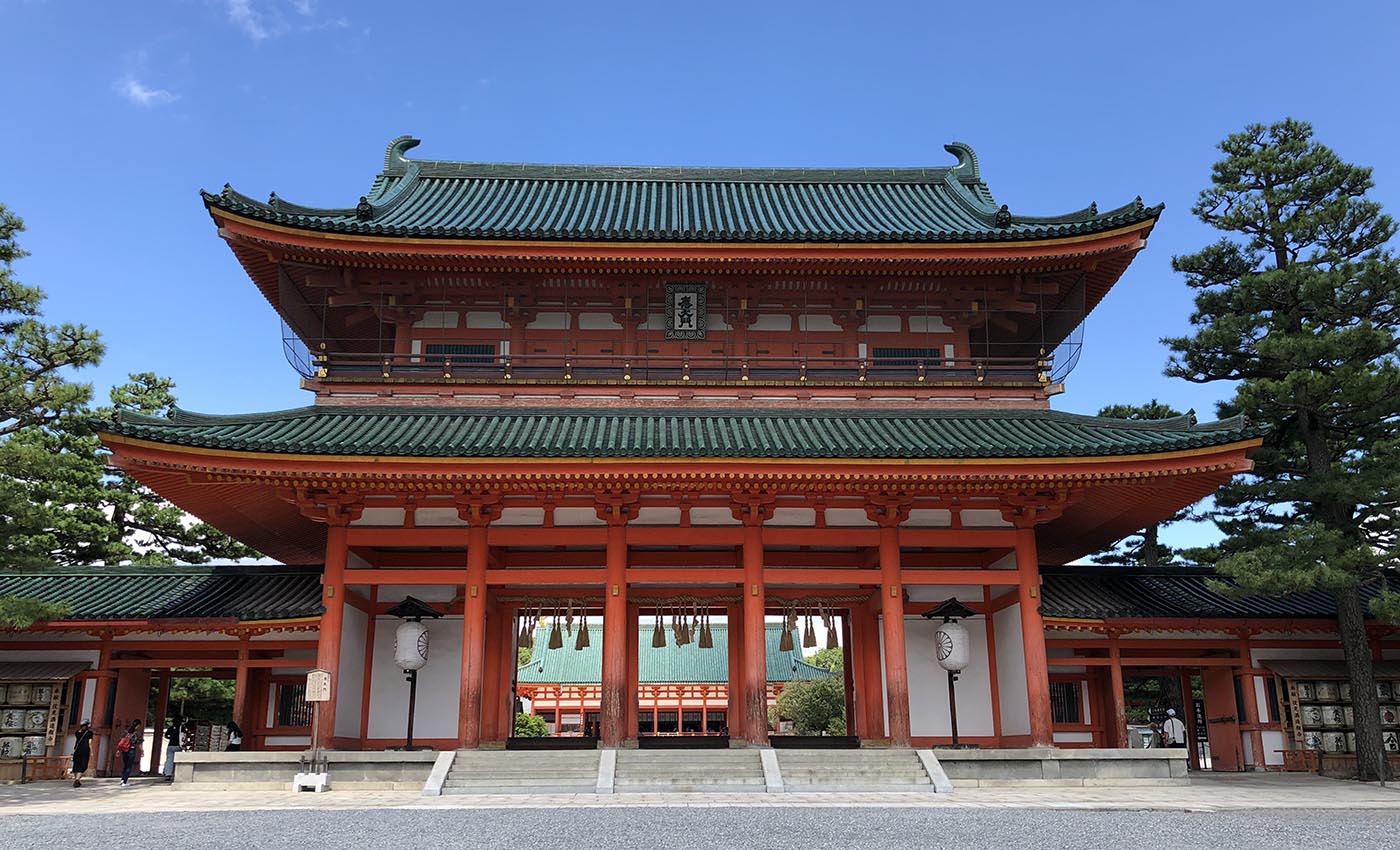 |
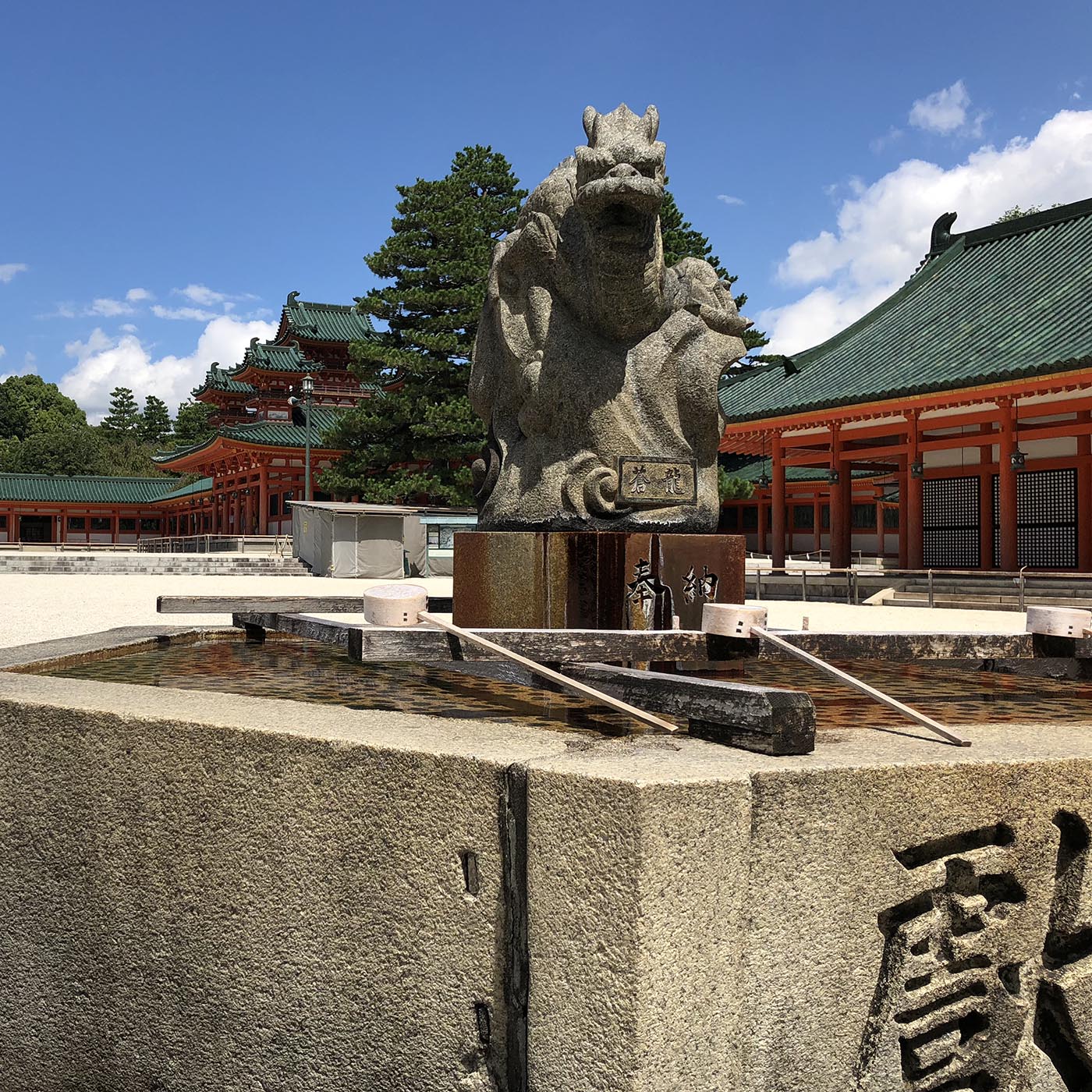 |
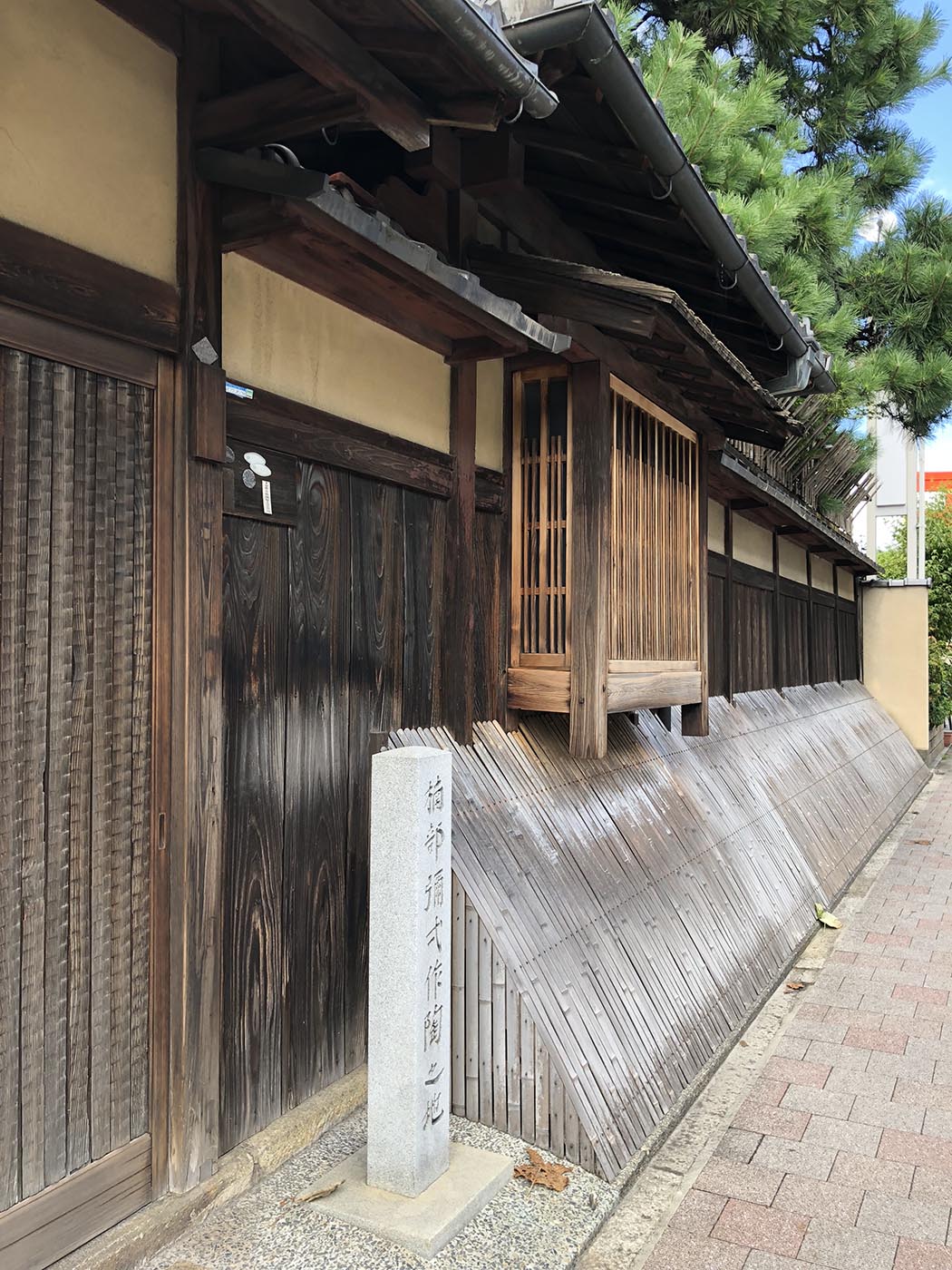 |
All participants should register from the registration system, AMARYS-JTB, linked below. Follow the “Application Procedures” description on the top page of the system.
|
ALC'19 Registration/Accommodation Site (AMARYS-JTB, by JTB Corp.) |
Neither offline registration nor onsite registration is allowed. All participants should be registered via the registration site above. Even if you want to register onsite, you must access to the registration site and pay online. Paying by cash is not accepted.
Registration fees are listed in the table below.
| Early Registration (until Aug 23rd, 2019) |
Late Registration (after Aug 24th, 2019) |
|
|---|---|---|
| Regular Participant | ¥60,000 | ¥70,000 |
| Student Participant * | ¥25,000 | ¥30,000 |
| ALC+SIMS † | ¥90,000 | |
| Accompanying Person ‡ | ¥12,000 | |
* The early registration fee will only apply if you complete the payment process by August 23rd.
** If you are registered as a student, please bring your student ID at the registration desk for confirmation.
† With ALC+SIMS rsgistration, you can attend both symposiums. The registration fee of ALC+SIMS is reduced to ¥20,000 for the invited speakers of SIMS-22.
‡ Fees for children of age less than or equal to 6 years old are waived, however, registrations are required.
The regular and student registration fee includes a participation fee, a book of abstracts, an electronic version of proceedings (PDF download), and a manuscript submission fee. None of social program nor lunch fees are included in the regular and the student fees. However, ALC participants can attend these social programs and/or luncheon seminar for free of charge with subsidies from our sponsors. The accompanying person registration fee only includes the social programs (no right to attend the luncheon seminar).
Participants are responsible for bank transfer fees and international remittance charges.
In the event of cancellation of registration, 50% of registration fee will be refunded if the cancellation notice was received prior to September 22nd, 2019. No refund will be made if the cancellation notice was received after September 22nd, 2019. It should be noted that all refunds will be made after the symposium.
You can use the registration system (AMARYS-JTB) linked below for accommodation arrangements. Follow the “Application Procedures” description on the top page of the system.
|
ALC'19 Registration/Accommodation Site (AMARYS-JTB, by JTB Corp.) |
Participants may receive fraudulent phone calls and/or emails which will try to steal your credit card information. DO NOT tell the credit card information on the phone, or on the web site sent via the e-mail.
JTB Corp. is the only official company for hotel reservation of ALC conference. If you arrange your accommodation by a company other than JTB Corp., it will be your own responsibility.
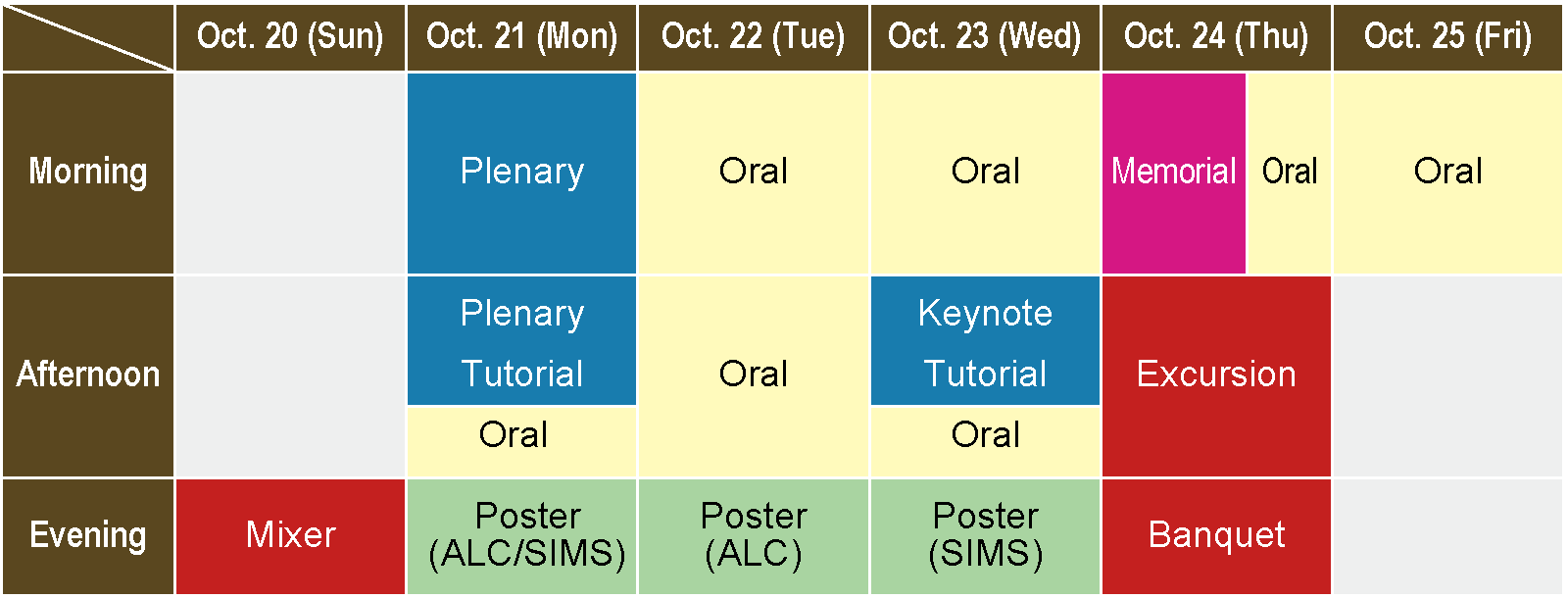
| ALC'19 Program (Final, 10/20) (pdf, 659.7 KB, 2019-10-21 11:59) |
We are planning the mixer (welcome reception), the excursion and the banquet as social program. These are all held jointly with SIMS-XXII.
|
October 20th (Sun), 2019 (at The Kyoto Modern Terrace, 17:30∼) |
The welcome reception will be held at The Kyoto Modern Terrace which is located on the other side across the road of the conference site. Please be noted that the registration desk on Sunday is located at the mixer venue but NOT the conference venue.
|
October 24th (Thu), 2019 (in the afternoon) |
We are planning to have the following 5 courses as the excursion. If you wish to participate in the excursion, please select a course when registering (each course is limited in number, so please select up to the third choice). There are no meals available on the excursion, so please gather after having lunch.
| Course A: | Uji Byodoin Temple |
|---|---|
| Course B: | Fushimi-Inari Shrine |
| Course C: | Kiyomizu-Dera Temple / Yasaka Shrine |
| Course D: | Nijo-jo Castle |
| Course E: | Shorinji Temple (Zazen activity experience) |
| Outline |
|---|
|
| Course |
|
| Other informations |
|
| Outline |
|---|
|
| Course |
|
| Other informations |
|
| Outline |
|---|
Kiyomizu-Dera Temple; https://www.kiyomizudera.or.jp/en/ Yasaka Shrine; http://www.yasaka-jinja.or.jp/en/ |
| Course |
|
| Other informations |
|
| Outline |
|---|
|
| Course |
|
| Other informations |
|
| Outline |
|---|
|
| Course |
|
| Other informations |
|
|
October 24th (Thu), 2019 (at The Westin Miyako Kyoto) |
The banquet will be held at The Westin Miyako Kyoto on Thursday evening. It takes about 15 minutes on foot from the conference site to The Westin Miyako Kyoto.
Congratulations! The following 7 students won the Student Award of ALC'19. Winners should attend the symposium and have 5 minutes of short presentations introducing their research at the award ceremony held on Wednesday morning. A prize of ¥25,000 yen will be awarded at the ceremony. Note that winners must pay the registration fee as same as other speakers.
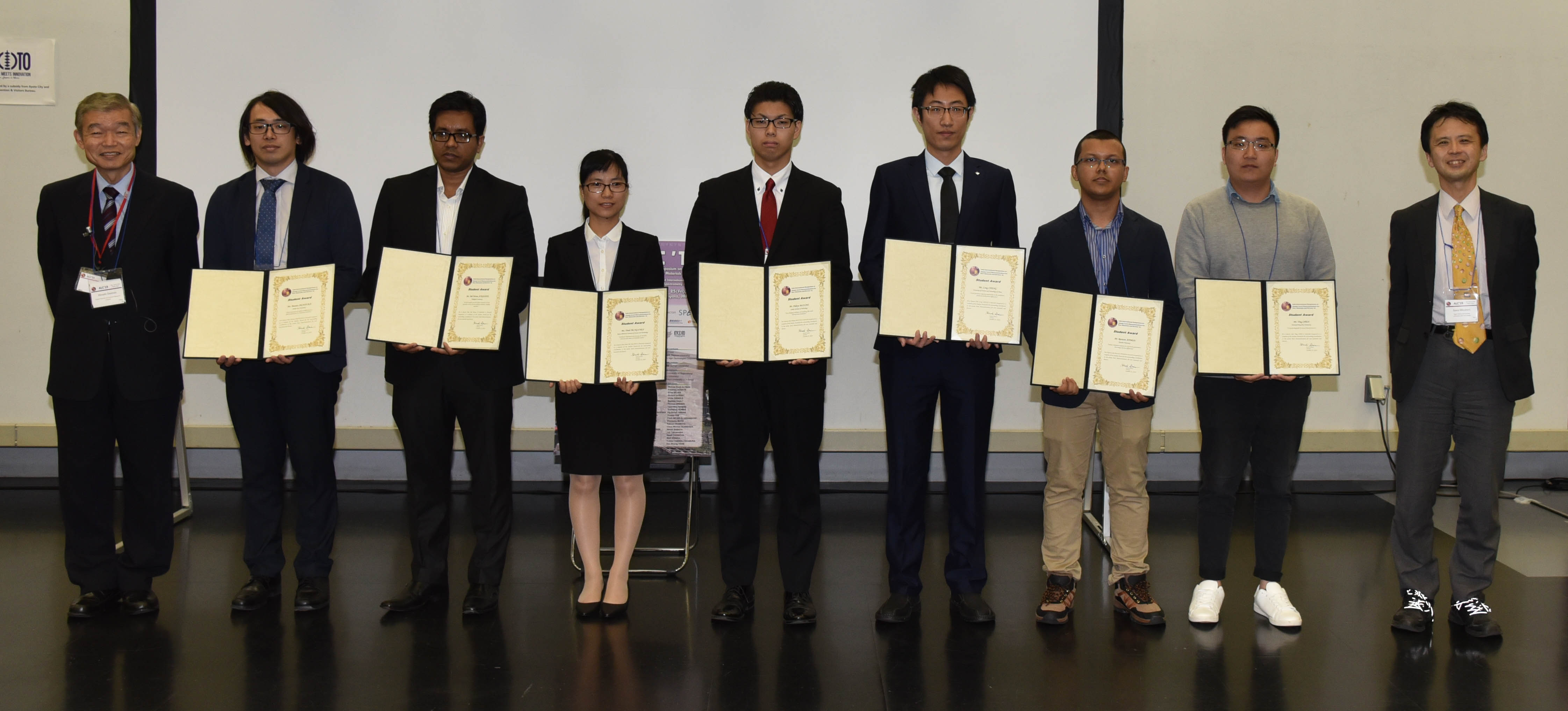
A limited number of partial travel support is available for researchers under 40 years old (as of October 2019, rough guideline). Only those who are accepted for paper presentation and have financial difficulty in traveling will be considered for the support. Students are ineligible for this support (students can apply to the Student Award).
The applicant must be the first author of the presentation. To apply for the Travel Support, an application document which includes (1) a letter of application with a statement of reason and (2) 1 page of abstract must be prepared. A written form must be saved in a PDF format and should be sent together with a short (< 150 words) abstract. A template file of the document can be downloaded below. The deadline is the same as that for the regular abstract submission, May 31st, 2019.
The steering committee will strictly judge whether the application should be accepted or not, and a notification will be sent by an e-mail to the applicant by the early registration deadline. Accepted authors receive reimbursement of travel expenses up to ¥50,000 in cash, only available at the registration desk (no prepay available).
| Travel Support Application Form (Word) (docx, 59.3 KB) |
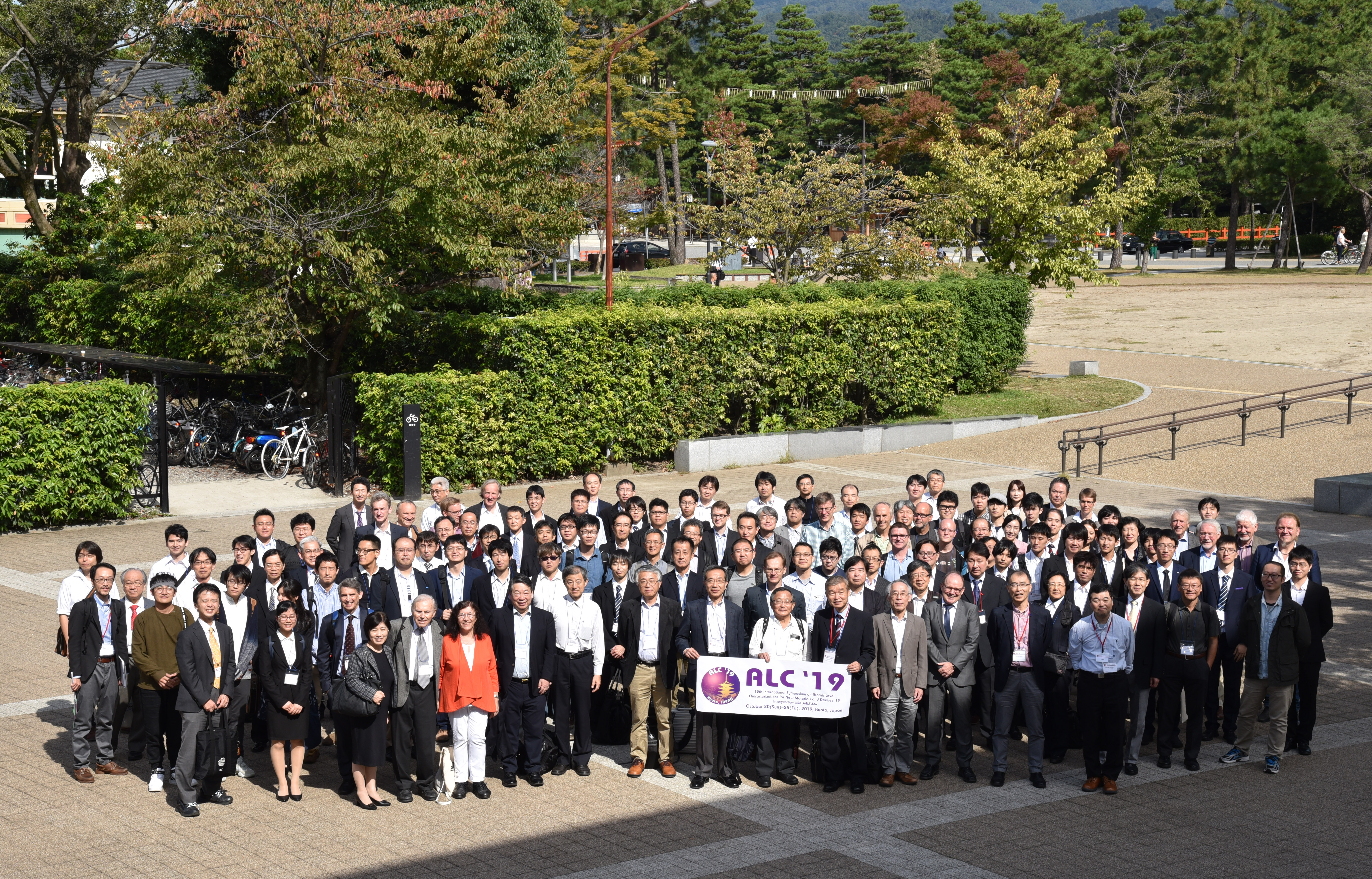
| ALC'19 1st Circular (jpg, 2.1 MB, 2018-10-07 08:52) | ALC'19 Poster (jpg, 1.8 MB, 2018-08-16 17:25) |
Contact Info
|
VISADepending on your nationality, you may be required to obtain a visa to enter Japan. If you need documents for visa application, please contact Secretary of ALC’19 Steering Committee after you complete registration and full payment of registration fee. JTB, a travel agency in Japan, will contact you in order to obtain your information needed to prepare the documents. Note that the visa refusal is no reason for refund of the registration fee. |
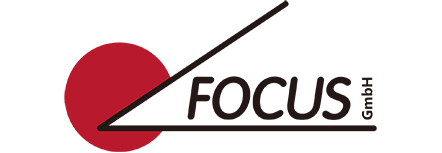
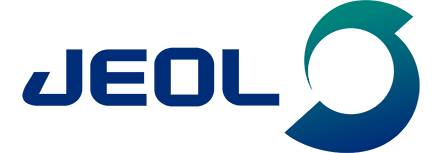
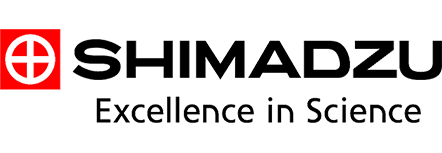
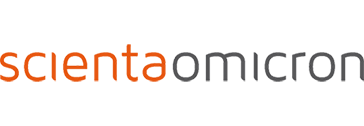
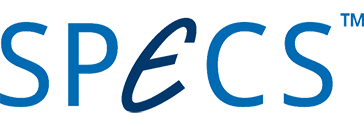
|
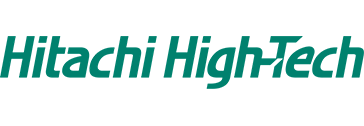
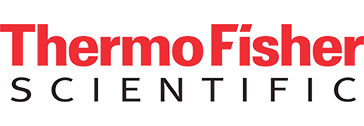
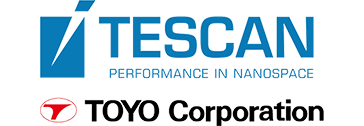
|

|

|
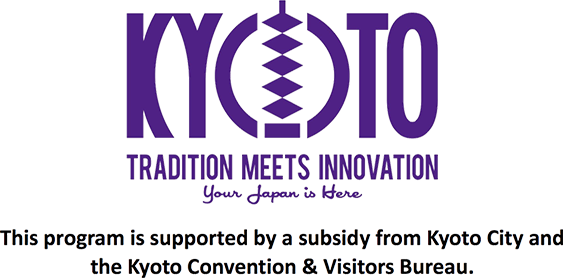



|
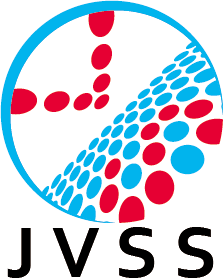
|
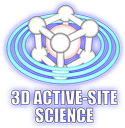
|
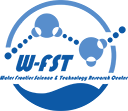
|
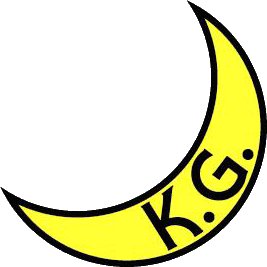
|
|
| Sponsored by the 141st Committee on Microbeam Analysis, JSPS | ||||
| Current time: 2020-12-24 12:39:38 JST | ||||